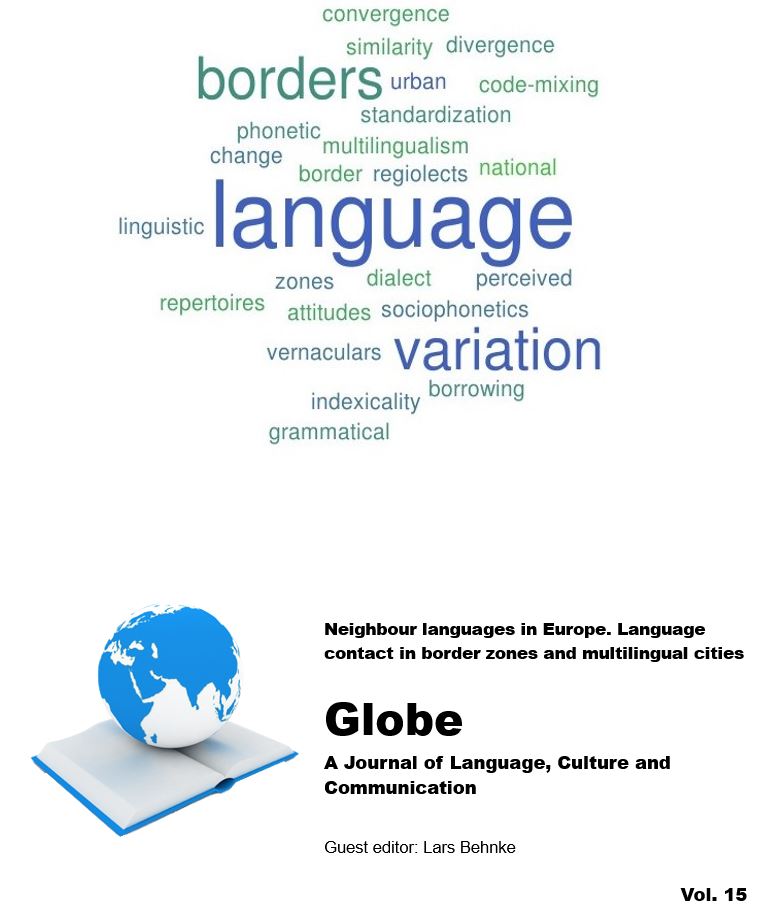Morphosyntactic innovations in linguistic border zones: Evidence from Northern Germany and Eastern Poland
DOI:
https://doi.org/10.54337/ojs.globe.v15i.8036Abstract
Border zone varieties are sometimes known for peculiar uses of morphosyntactic constructions involving function words. This paper focuses on two such constructions from two distant border zones: a) the innovative use of the preposition dla ‘for’ in Eastern Polish dialects in the Polish-Lithuanian-Belarusian-Ukrainian border zone, where these constructions appear in dative contexts that are reserved to the dative only outside the border zone, and b) the innovative use of the conjunction un ‘and’ in Low German varieties in the Danish-German border zone, where it combines with the infinitive in many functional settings. While the literature describes the origin of these innovative constructions as a result of the contact situation, not much is known about the distribution of these innovative constructions, especially their relation to functionally equivalent, but “unmarked” constructions that are not restricted to the border zone. This paper is a comparative corpus study of the variation between unmarked and innovative constructions in two distant border zones, based exclusively on dialect material. It argues that the restrictions, emergence and expansion of the innovations show a comparable pattern when measured against the distribution of their unmarked counterparts. The paper shows that the introduction of a new, innovative alternative to preexisting unmarked ones is a way to deal with the multiplied relations between functionally equivalent constructions in a plurilingual border zone.
Downloads
Published
Issue
Section
License
Articles published in Globe: A Journal of Language, Culture and Communication are following the license Creative Commons Attribution-NonCommercial-NoDerivs 3.0 Unported (CC BY-NC-ND 3.0). Authors retain copyright and grant the journal right of first publication with the work simultaneously licensed under a Creative Commons Attribution License: Attribution - NonCommercial - NoDerivs (by-nc-nd). Further information about Creative Commons


